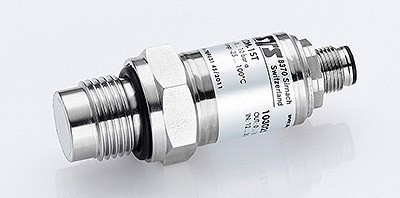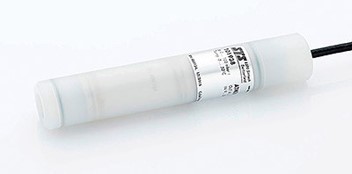Sensor Housing Materials for Chemical and Physical Applications
Sensors are designed using various housing materials depending on application needs. Certain applications can decay a sensor overtime, which makes it important to understand what type of housing material would be best for your sensor application. In this article, we will be going over the different types of sensor housing materials utilized in chemical and physical applications.
Viscous Material
If you need to measure pressure in viscous materials, a sensor will need to be cleaned from all residues to prevent contamination. The Miniature PT/EL and Seal Guage from PMC-STS are perfect solutions to measure pressure in viscous materials. These sensors maintain a flush-mount diaphragm that prevents clogging of materials in applications such as pulp and paper.
Seawater
For seawater applications, submersible and level sensors should be constructed in a titanium finish. Titanium avoids long-term pitting of stainless-steel housings. A titanium oxide layer protects the sensor from saltwater corrosion, maintaining durability in the long wrong. Two titanium sensors that are perfect for seawater applications are the VL2223 and VL4523 submersible sensors.
Abrasive Media
When it comes to abrasive media such as concrete, a transmitter will not be protected sufficiently with just a stainless-steel membrane. Instead, a Vulkollan foil construction would be the best solution for pressure measurements. The best example of a pressure sensor for abrasive media would be the ATM.1st pressure sensor.

Open Waters and Lightning Protection
When there are open waters, a sensor such as the ATM.1ST/N, includes overvoltage protection and is recommended to safeguard the sensor from lightning strikes within close vicinities.
Galvanic and Acidic Liquids
If you are working with galvanic or acidic liquids, a transmitter with plastic housing like HCI, can eliminate any reaction of the liquid with metals. PVDF housing material is also a reliable solution for these types of liquid applications. PMC-STS’ ATM/NC is the best transmitter for chemical applications.

Conclusion
In conclusion, choosing the right housing material to meet the demands of application needs is critical. There is an importance in understanding the various types of sensor materials that can be affected by environmental factors which factor into longevity and performance. Exploring the different types of housing materials for your application will lead you to informed decision making when choosing the right sensor solution for your application needs.
PMC-STS, Inc.
PMC-STS, Inc. is a recognized leader of innovative measurement solutions developing transmitters and transducers for pressure, level, vacuum, and other measurands since 1963. Our company is proud of its US products and manufacturing facility where we continually provide innovative products to service the needs of diverse industries such as water and wastewater, aerospace, automotive, oil and gas, and the papermaking industry.
Interested in speaking with a sensor expert about pressure transmitters for your application needs? Contact us today.
